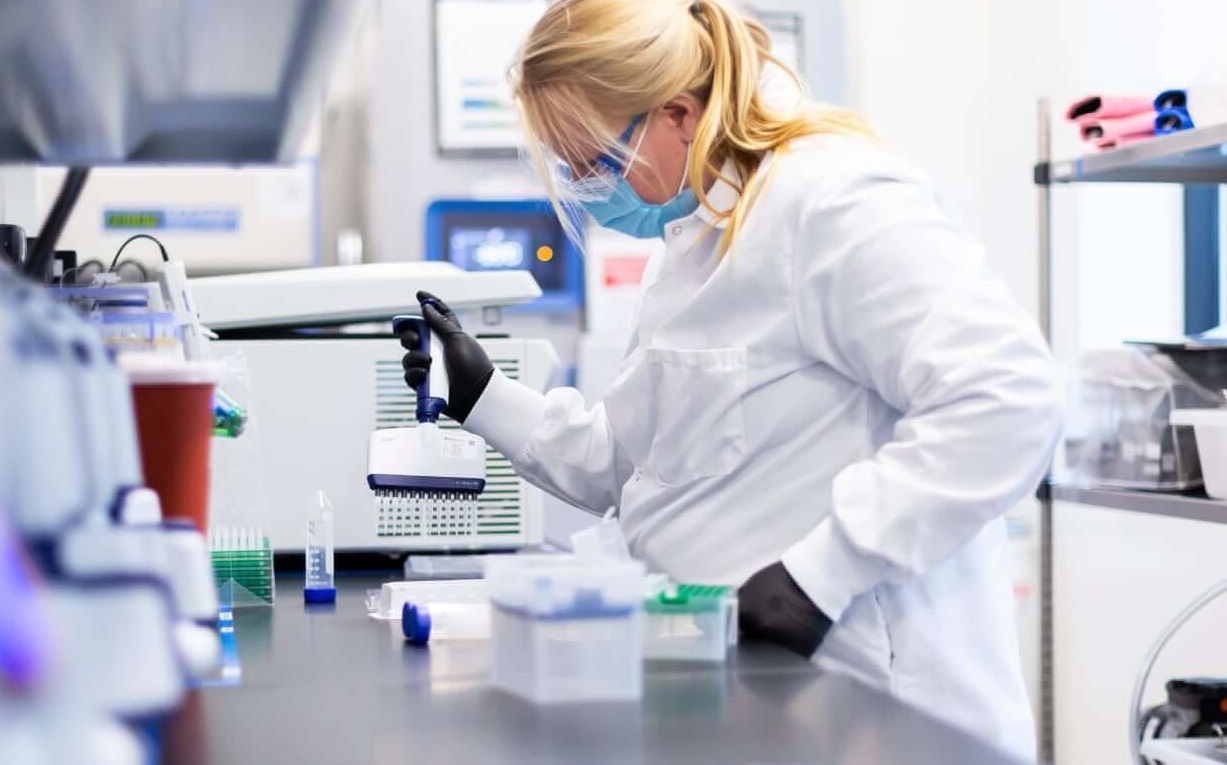They look like alien spacecrafts under a microscope, but bacteriophages — viruses that infect and kill bacteria — could hold the key to one of the biggest medical challenges of our time: antibiotic resistance.
First described more than a century ago, phages became a hot topic of research in the mid-20th century, especially in the Soviet Union, before slipping into obscurity with the rise of antibiotics.
Now, with superbugs on the march and antibiotics losing their punch, phages are making a comeback.
On this week’s Show Me the Science podcast, Professor Luke O’Neill explained that phages are a tiny – but abundant – life form.
“They’re all different sizes, the maximum is 200, but there are ones around 20 nanometres,” he said.
“Now, remember, a nanometre is a billionth of a metre, so these are really, really, really tiny, much smaller than bacteria.
“They’re going to infect bacteria, so they’ve got to be smaller than the bacteria.
“They are everywhere; if you take a sample of seawater and look for bacteriophages, you will find billions and billions of them in the seawater.
“If you swab down your desk, or if you’re on a couch swab a cushion, you will find loads of bacteriophages on that cushion.”
 A scientist in a lab filling containers. Image: Moderna
A scientist in a lab filling containers. Image: ModernaHowever, despite their abundancy, Prof O’Neill said that phages, like the bacteria they infect, cannot live without a host body.
“The important fact here is they kill the bacteria in this process,” he said.
“When that was observed in the 40s and 50s, of course, people wondered, could this be a way to kill bacteria?
“Now, by then, of course, we had antibiotics, and famously Alexander Fleming gets the credit for the discovery of penicillin.”
According to Prof O’Neill, while antibiotics became all the craze for a time, phages have come to the attention of scientists over the past 10 years.
Cystic fibrosis
He explained how they could be used to treat diseases like cystic fibrosis in the future.
“Pseudomonas is [a bacteria that is] in cystic fibrosis, it infects the lungs,” he said.
“In fact, pseudomonas can form this biofilm, and people with cystic fibrosis, they often die, actually, of bacteria in their lungs more than the lung itself not functioning, because this pseudomonas is very hard to clear with antibiotics.
“Some do work, but still it can change.
“They’ve got a bacteriophage to kill the bacteria that cause much of the symptomology and disease progression in cystic fibrosis.
“Because this stuff can penetrate the biofilm that pseudomonas has formed.”
Prof O’Neill said if it proves possible to limit infection in cystic fibrosis, it would go a long way to treat patients.
Other diseases that could potentially be treated with phages are UTIs, sepsis and MRSA, a resistance to antibiotics.
Main image: Luke O'Neill (L), bacteriophage (R).









